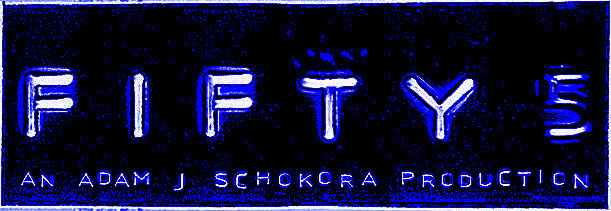 :: as often noted within the depths of these posts, design, technology, and communication are evolving — quickly. Our perspective, on this side of the globe, is within the spectrum of an emerging culture that is making leaps across traditional communication, travel, and technology barriers. The experimentation, chaos, and expressiveness that often characterizes modern art and design in china fits nicely into the Tate’s new concept — altermodern.
:: as often noted within the depths of these posts, design, technology, and communication are evolving — quickly. Our perspective, on this side of the globe, is within the spectrum of an emerging culture that is making leaps across traditional communication, travel, and technology barriers. The experimentation, chaos, and expressiveness that often characterizes modern art and design in china fits nicely into the Tate’s new concept — altermodern.
In his keynote speech to the 2005 Art Association of Australia & New Zealand Conference, Nicolas Bourriaud explained:
“Artists are looking for a new modernity that would be based on translation: What matters today is to translate the cultural values of cultural groups and to connect them to the world network. This “reloading process” of modernism according to the twenty-first-century issues could be called altermodernism, a movement connected to the creolisation of cultures and the fight for autonomy, but also the possibility of producing singularities in a more and more standardized world.”
I also pulled the Altermodern manifesto from the Tate Britain’s exhibition which is fascinating and insightful especially as it relates to emerging artists within China:
A new modernity is emerging, reconfigured to an age of globalisation – understood in its economic, political and cultural aspects: an altermodern culture
Increased communication, travel and migration are affecting the way we live
Our daily lives consist of journeys in a chaotic and teeming universe
Multiculturalism and identity is being overtaken by creolisation: Artists are now starting from a globalised state of culture
This new universalism is based on translations, subtitling and generalised dubbing
Today’s art explores the bonds that text and image, time and space, weave between themselves
Artists are responding to a new globalised perception. They traverse a cultural landscape saturated with signs and create new pathways between multiple formats of expression and communication.
I would be interested to hear how you think emerging Chinese artists fit into this paradigm…is it relevant? //
[ is a guest contributor on 56minus1.]



































